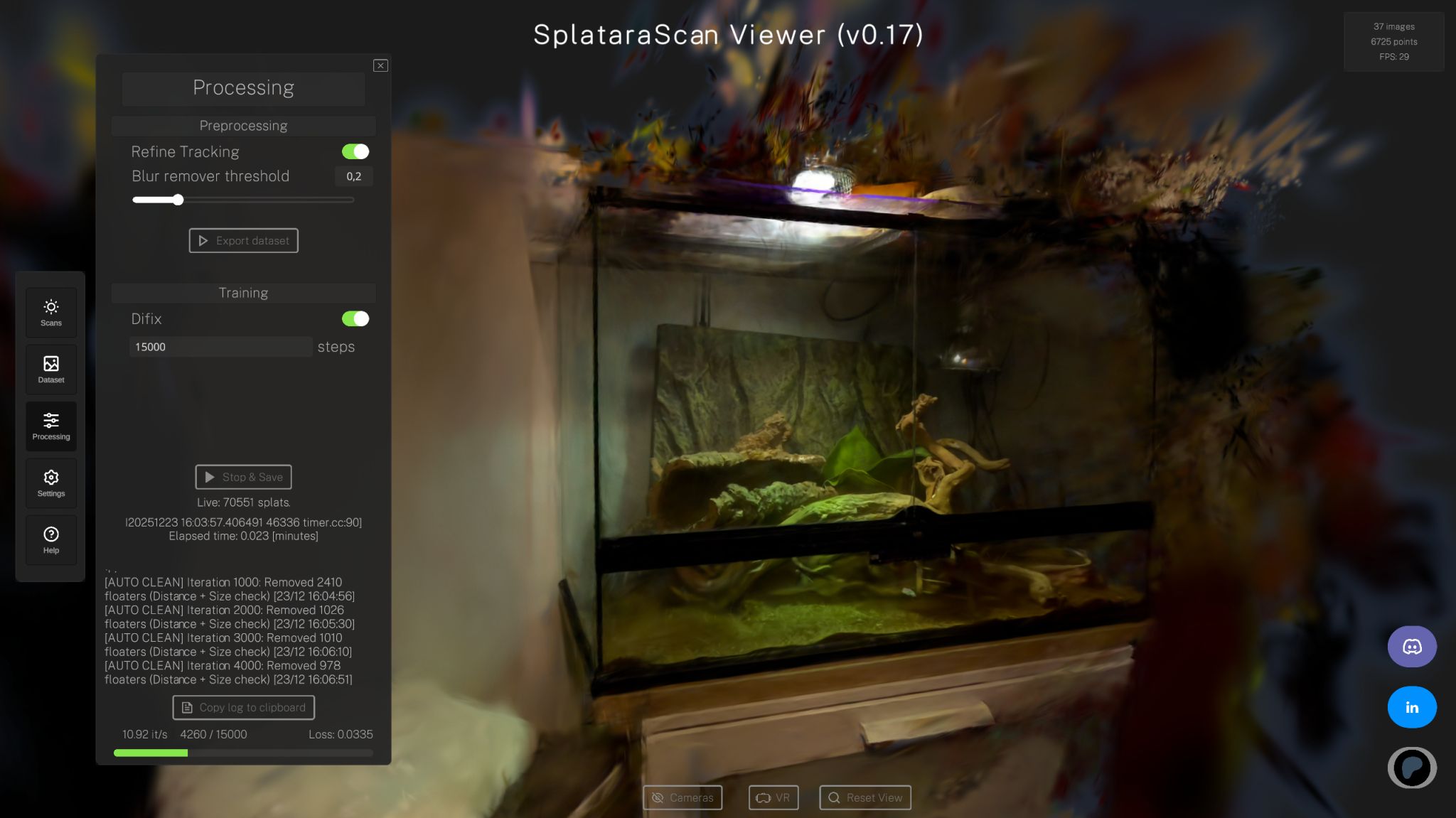

Michael Rubloff
Nov 10, 2025
For most of radiance fields history, there has been a deep connection between the research community and open source projects devoted to excellent offerings, beginning with Nerfstudio out of Berkeley’s AI Lab, BAIR. Since the various representations of radiance fields has only continued to accelerate progress and innovation.
If you’re a researcher, or even tangentially aware of gaussian splatting, it’s very likely that you’ve encountered Janusch Patas’s posts on Twitter or LinkedIn. In fact, you may know him better by his pseudonym, MrNeRF. You might also recognize him as my co-host on The View Dependent Podcast, where we speak with leading engineers and researchers in the radiance field world.
All of this is to say that Janusch has made largescale, consistent contributions to the radiance field community and LichtFeld Studio is his most ambitious endeavor yet. LFS is a completely free gaussian splatting platform, both built and maintained by Janusch and a growing collective of engineers contributing their work openly. Users have already begun achieving excellent reconstructions with it.
Today marks an exciting milestone for the project: its first official sponsor. Core11 GmbH, a GPU consultancy based in Vienna, Austria, has committed to supporting the project with EUR 16,000 over the next eight months. The company provides remote services worldwide, including GPU programming education, performance analysis, and contract-based GPU development. In addition to financial support, Core11 will contribute valuable engineering expertise in CUDA and graphics programming to further advance the project. Its partner company geofront e.U., specialized in splat content creation for the web, will draw direct benefit from Lichtfeld Studio´s increased performance.
In order to install LichtFeld Studio, users will need an NVIDIA GPU, but installation remains relatively straightforward for those familiar with the workflow.
LichtFeld Studio is released under the GPLv3.0 license, meaning it will remain free for as long as it’s maintained, with the explicit goal of making lifelike 3D reconstruction accessible to anyone who wants to explore it. Under the constraints of GPLv3.0 LichtFeld Studio can be used commercially.
Looking ahead, MrNeRF and a small team are preparing to release installation binaries for Windows and Linux. It’s a particularly exciting update that will allow users to install Lichtfeld Studio with a single click, eliminating the need to manually handle dependencies or clone repositories. For non technical users, this will make getting started easier than ever. And for those eager to dive in now, Jonathan Stephens has published an excellent tutorial on how to install LFS manually.
To learn more about Lichtfeld Studio, you can visit their website or join their Discord, where several engineers and researchers are discussing the state of radiance field research.







